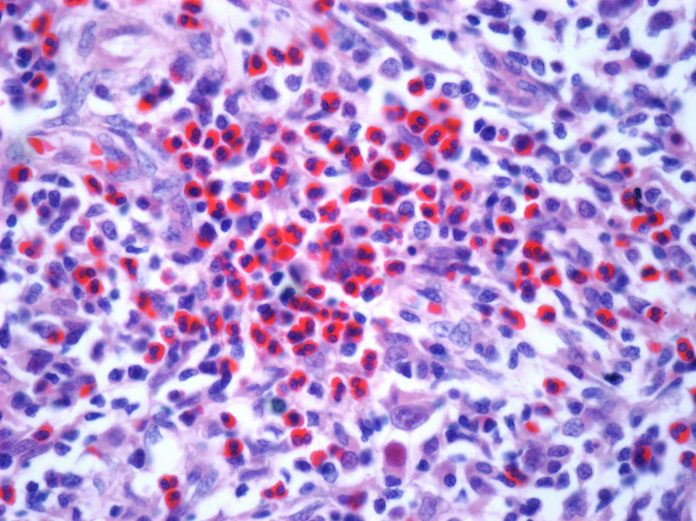The most common example to note is this limited access to outdoor activities. Children are likely to refrain from going outside for playing or any further interaction due to heat’s effects on skin and other health concerns. This triggers an increase in boredom in children which might certainly lead to restlessness and minimum active. It might also occur within the family among siblings and parents themselves. Furthermore, increased screen time. With restricted movement outside the house, children are prone to turn the maximum time on the screen for entertainment and fun. This has contributed to a rise in parents’ concern about the weather conditions, potentially becoming much greater under such circumstances. Parents are desperately struggling to limit screen consumption in children in COVID times, but since there is very little option for parents too, it becomes a never ending struggle. Challenges with hyperactive children and attention issues, since summer vacation is an opportunity for teachers and parents to ease the same and help them be better. Though, due to discomforting weather conditions, it is much more likely to worsen.
Children are found to be more idle, leading to an increase in hyperactivity and restlessness. With being sensitive and empathetic, parents are often observed to lose patience and more instances of scolding and episodes of arguments are there. Moving forward, in India, most schools offer summer vacations. It is seen that during vacation children take the liberty of more comfort at bedtime and meal times. This brings a widely disrupted routine in the picture which might be triggering for the parents as it might challenge their patience level to align the other household chores alongside. There are many situations of feeling crankiness, tired out and at times overwhelming for both parents and children. Physical discomfort caused by an increase in temperature often leads to feeling irritable more easily and frequently. Especially with children, it might cause certain behavioral problems of adjustment issues, agitation, irritation and other mood disturbances. Often there are sleep disturbances as well. Due to seasonal changes, it is witnessed not being able to complete 7–8 hours of sleep or sleeping more often. This applies to parents and also children, which can exacerbate mood swings, feeling fatigue, and other cognitive impairments. Another leading challenge of high temperatures is social isolation. As explained, it prohibits stepping outside the house where there is lost touch with others, which might cause loneliness and lack of social interactions
with friends, peers and interaction with others. Lack of socialization can harm self-esteem and might also limit the sense of expression. In small, nuclear families, a single child is often elucidated more towards feeling aloof due to literally no one around to be engaging in activity.
Closed proximity can be alarming. During regular days under normalized temperatures, parents and children co-exist for less duration compared than during heatwaves. This might escalate more interactions, which might be helpful as well as alarming. They might feel a lack of personal space and boundaries, which can create conflicting attitudes towards one another. Also, in the present state, not many families have the luxury of big houses. Perhaps,
being constantly around one another physically could make us more burnt out by the presence of others. This will be a practical episode of“ Heat actually burning out”.
Excessive heat has also shown an impact on neurotransmitters, which are responsible for our mood regulators. As this shows, heat makes the mood unpleasant, neurotransmitters like serotonin, which keeps our aggression in check, are often not able to function properly and might cause long-term mood effects.
Limited affordability- Parents with sound financial credits are certainly able to manage them a bit better through accessibility to cooling systems. In families where there is a lack of such resources there is again an increase in more disappointments and complaints witnessed. As challenging as it might be, spending more time than usual could also be utilized to bond and adapt some coping mechanisms. Parents with more busy schedules can squeeze the chance to communicate and get to know the child more. They can also try to be more involved in group creative activities which might be helpful to being closer to another. In families with siblings and more than one child, there is more involvement among them, where it gives them a chance to be involved with one another and cut the boredom a bit.
However, due to differences of liking, it might rather instigate quarrels.
Thus, to find creative and comforting ways to balance finding sanity in times of heatwave indoors is very crucial. As challenging as it might be, it also offers ways to be more connected and share some value within family dynamics. By making a patient and understanding approach, families should navigate together and make their bonds stronger.
(Author: Ms.Kesha.P.Bhavsar. Psychologist, at Mpower, Helpline Mumbai)









